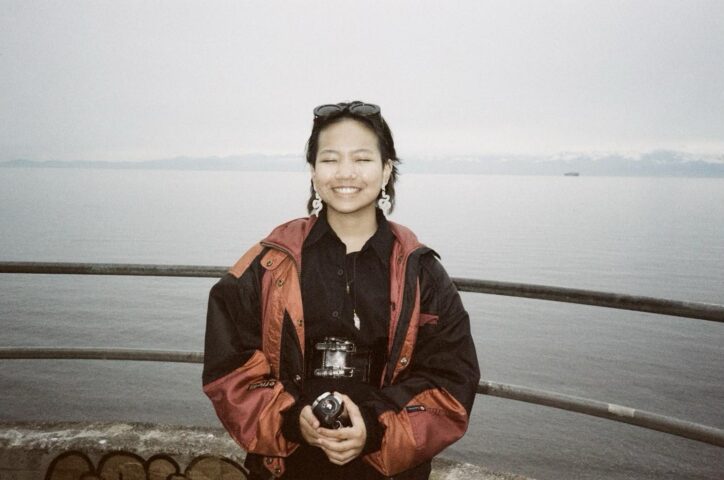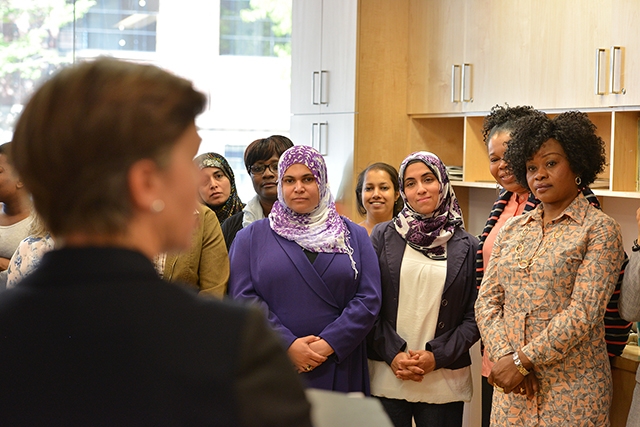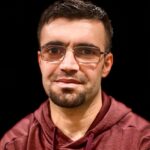Greater Victoria is experiencing a demographic shift as more visible minorities choose to settle on Vancouver Island, according to the latest federal statistics.
Data recently extrapolated from the 2021 Census population profile shows that 64,775 people identified as members of a visible minority group in Greater Victoria, and now comprise 16.7 percent of the total population of 388,470.
This is a sharp increase from the 50,310 recorded in the 2016 census when visible minorities made up 14.1 percent of Victoria’s population. That means that in the five years between 2016 and 2021, 14,465 people who identified as visible minorities moved to Greater Victoria.
Still, Victoria has less ethnic diversity than the rest of B.C. Across the province, 34.4 percent of people identified as members of a visible minority group in 2021; in Greater Victoria, the number is less than half of that, at 16.7 per cent.
“The visible minorities are primarily new immigrants. They most likely came to Canada via a work or study permit,” said Quinton Gordon, manager of strategic engagement at Greater Victoria’s Inter-Cultural Association.
He said about three-quarters of the recent immigrants to the region are visible minorities, and almost half had some experience in Canada before moving to the island.
In terms of their countries of origin, the report’s demographic breakdown shows the largest number are of Chinese descent (17,390), followed by people of South Asian heritage (13,715), and those of Filipino origin (8,525).
Gordon said some people moved there by choice, while others were obligated to move. The Syrian Refugee Crisis and the Ukrainian response are examples of federal government programs aimed at resettling refugees in the area.
“If they are resettling through the government-assisted refugee program then Victoria may not have been about choice,” he said. “Those with a choice often select Victoria based on climate, but face the challenges of a smaller job market and the high cost of living.”
Greater Victoria is also a destination for international students. Nora Salvatierra, moved to Victoria, from the Philippines last year to pursue her studies.
“Coming from the Philippines, safety was a priority for me, and Victoria offers a reassuring environment,” Salvatierra said. “What’s great is the excellent public transit system here, which not only makes commuting easy but also feels comfortable and secure.”
Ienelle Delos Reyes is a fifth year student at the University of Victoria. She is pursuing a Bachelor of Arts degree in psychology.

She immigrated to B.C.from the Philippines in 2017 and said she likes Victoria’s size and the cost of living is cheaper than in larger cities. The growth in the Filipino community also encouraged Delos Reyes to move to Victoria.
The Filipino community in Victoria is getting larger by the day and it’d be nice to meet more Filipinos,” she said.
The housing and cost of living in Greater Victoria is also attractive to new Canadians because it’s more affordable compared to Vancouver and other cities in B.C.
The increasing visible minority population in Greater Victoria adds diversity, yet there are lingering challenges and barriers that may impact growth, Gordon said.
He highlighted the housing shortage as a pervasive issue affecting students, families and seniors, and there are no immediate solutions. Affordable housing is currently the foremost obstacle for individuals seeking to establish themselves in Victoria.
“Families coming in on government-assisted refugee sponsorship often face the most difficulty finding suitable housing and are having to spend longer than ideal periods in short-term accommodations, like hotels, before our Resettlement Assistance Program team can find them housing,” Gordon said.
The Inter-cultural Association primarily prioritizes housing and English language classes, with family-related concerns such as employment and schooling next.
“Our team of settlement workers including our settlement workers in schools, and our LINC (Language Instruction for Newcomers to Canada) and employment services team do an amazing job of helping clients to access the services they are looking for and most urgently need,” he said.
Despite their preference for living in Victoria, Delos Reyes faces some difficulties as the costs of basic necessities, such as groceries, are also increasing.
“I’m a full-time student and I have a part-time job as a store clerk at a liquor store, Delos Reyes said.
“I earn a dollar over minimum wage and mostly rely on student loans so I’m basically getting by on my own, so you can imagine how much strain I’m in financially.”
Diary Marif is an Iraqi Kurdish journalist based in Vancouver, Canada. His writing has appeared in the Awene weekly, Livin, and on KNNC TV as a documentary researcher by the name Diary Khalid. Diary earned a master's degree in History from Pune University, in India, in 2013. He moved to Vancouver in 2017, where he has been focusing on nonfiction writing. He can be found on Twitter: @diary_khalid.


